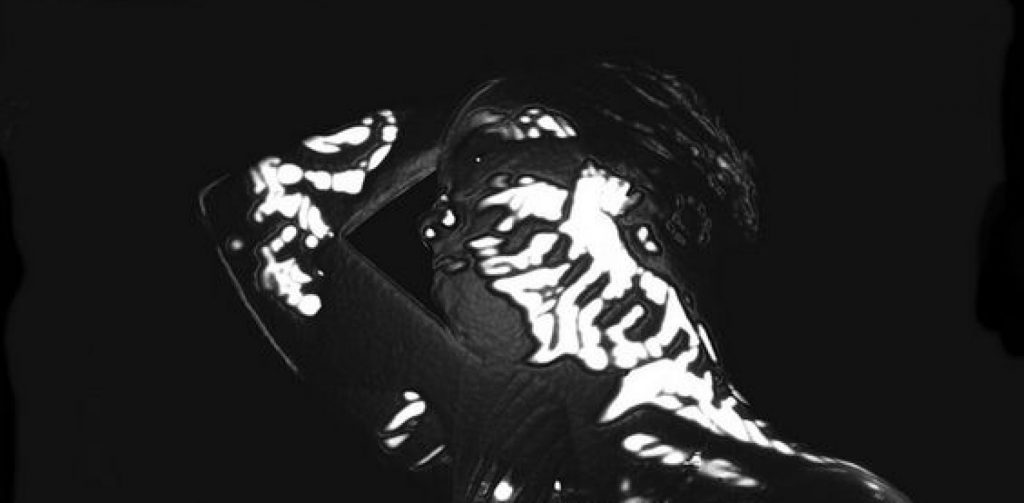My experiments with the field recordings went very well and gave me a lot of understanding of where I would like my sound piece to go. I really liked some elements of the first two experiments, most notably the ambience/mood that the digital processing created. The final experiment was my favourite and I now have begun to develop that idea more, extracting ideas from the other experiments to influence the direction of the sonic aesthetic I want.
PROCESS STAGE 1 –
https://drive.google.com/file/d/1y9qazTNnY8llfW_bmi7BXszXLwu22a-c/view?usp=sharing
I started out my sifting through the numerous no input mixer recordings I have from my previous experimenting, and found one that I thought had enough consistency in terms of mood, as well as enough sonic changes so that it wasn’t too static. This audio file is just the third experiment I talked about in the previous post with the recording of the mixer added to it.
PROCESS STAGE 2 –
https://drive.google.com/file/d/1yErrxdz88mpcYYDMe2-XXNXoVNMTaU0Q/view?usp=sharing
The next step was to put the recording of the mixer within a space, as well as adding some qualities that elevated the sound even more towards abstract and unnatural territory. My intention was to offset the field recordings with a more ethereal atmosphere that sounded otherworldly, in order for me to have a basis to start intersecting two recordings from different worlds – one from the real world and another entirely created through machines. I used one of my favourite plugins, Rift, to create motion and changing tension in the sound because I wanted the sound to have a sweeping movement that essentially smothers the field recording without masking the frequencies.
(PHOTOS/VIDEO) – https://drive.google.com/drive/folders/1yLqIIBFkhACni32kx61PUV__xL33fMhQ?usp=sharing
I am happy with the progress so far and I think the definition in what I want to create is starting to become clearer. I have been listening to some music lately that has been inspiring me in other sound work I am doing, and I feel strongly that this piece needs some melodic tone, even if it is just one note or chord as it will hopefully lead to a more cinematic overall sound. I want the track to feel like a big event is happening.
‘The Disintegration Loops’ by William Basinski is very interesting to me because it is such a gradual decline in the quality of the sound and because of that it is difficult to hear the changes as they are not so sudden. But after 20 minutes if you skip back to the start you can start to hear these artefacts and the sound begins to have dropouts or lose frequencies. I think the consistent melodic loop acts as a canvas for these surrounding artefacts to become more involved with the overall piece rather than being distinct in their own right, and it is this idea that I think my piece could benefit from referencing.

